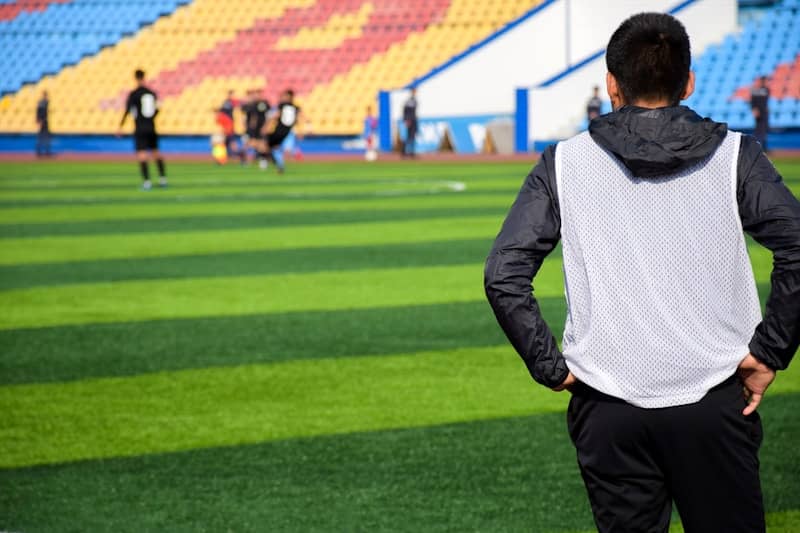Reader,
Coaches love control. But what can we truly control when the game starts?
When we move players around on a tactics board, on a screen using various session planning tools, or in video analysis, football often looks perfect.
It is often viewed from a perspective (above the pitch, or from the sideline) that is very different to the one the players experience.
The reality of the game is that every decision or action is determined by the actions of the opposition, a player’s teammates, or the skill set the individual brings to the moment.
As coaches, we will never have the same view as the player on the ball, making the run or finding space.
From our perspective, that lack of visibility can feel like a threat to control. It means that the detail we coach is often based on what we see, not what the player experiences in the moment of their decision.
Three Things to Consider
1 – Consider how you ask players about their decision-making.
Professor Stephen Rollnick’s work around motivational interviewing is a truly exceptional approach to communication. I would highly recommend reading his work on how you can facilitate meaningful dialogue with a player around the pictures they see, and the decisions they make.
2 – Understand that every individual you work with has a different set of experiences and skills that will dictate their decisions and actions.
While the picture on the tactics board is clear that we need our winger to roll inside and our fullbacks to overlap (for example), perhaps the player sees an entirely different opportunity. Knowing your players and their attributes or experience will mean you can support them to make decisions based on their game.
3 – Have empathy.
We stand on the sideline with our plans and the best of intentions, but we are not in the moment like the players. We can absolutely guide the players in a direction that helps them develop, or helps them win a game, but it comes down to what they see in the moment, the problems they solve and the options they take under pressure.
One thing to try this week
Design a practice where you don’t provide the answers but set the problem.
Using task constraints within your practice design allows players to explore solutions to football problems. Consider the outcome you may be looking for, and how you can design the rules of the game to ensure it happens while maintaining realism.
One Critical Resource on the Topic
Check out this long-form video discussion with Mark Upton and Dr. James Vaughan on creativity and control, and what the implications are for coaches.

